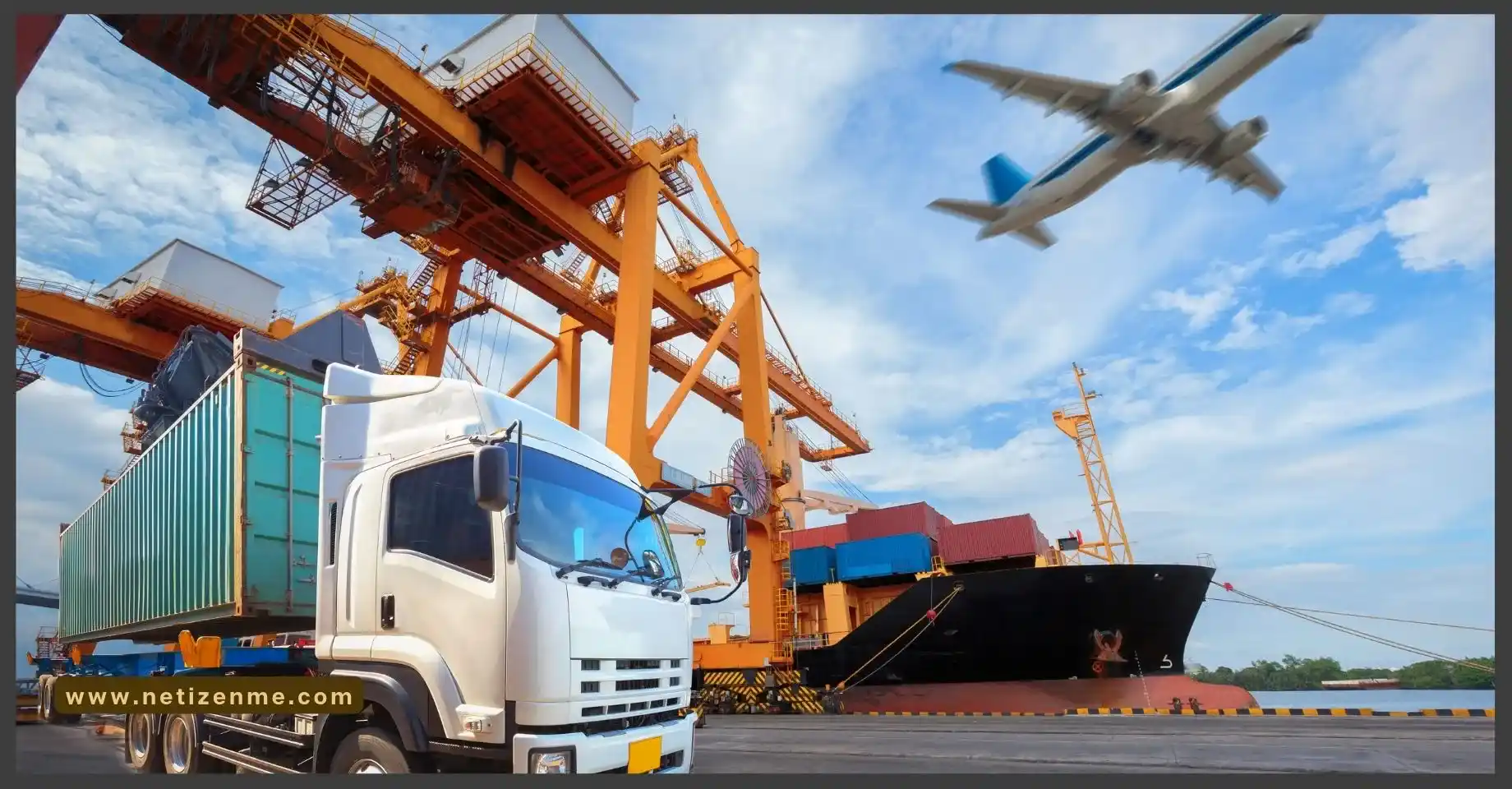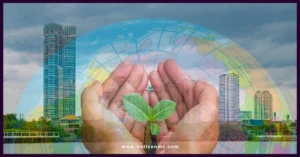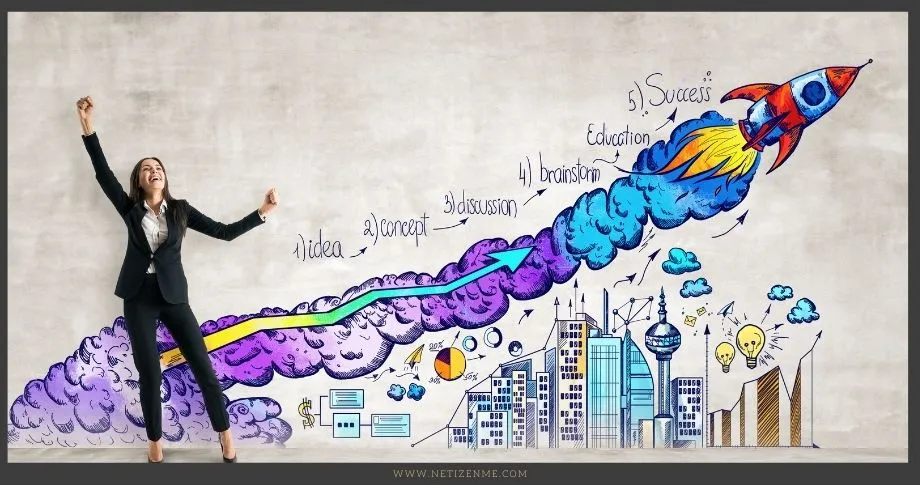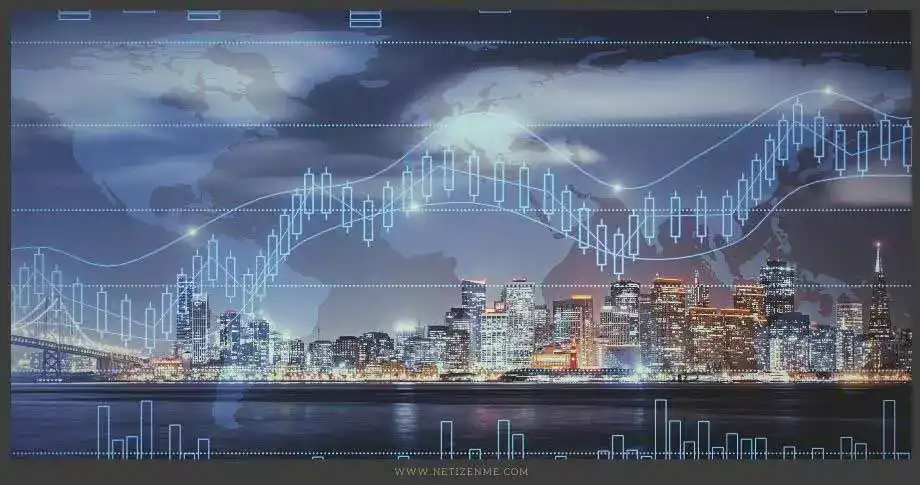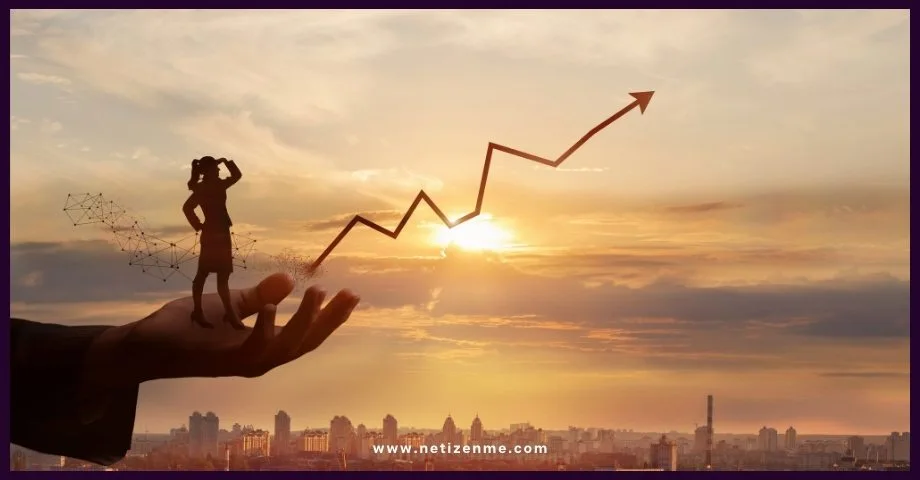The Challenges of Development Economics through the Lens of the Neo-Classical Model:
The Pros and Cons of the Free Markets System
The idea of development economics is a mixed bag. On the one hand, you have all sorts of economists who understand the importance of sustainable business practices, and on the other, you have people who want to support a more hard-line kind of capitalism in order to stabilize developing nations.
See what both sides are arguing for in this article about development economics
The Role of a Government in Development Economics
The role of government in development economics is to provide the necessary infrastructure and conditions for private sector development. This includes ensuring macroeconomic stability, developing human capital, and creating an enabling environment for private-sector investment.
In terms of macroeconomic stability, the government must ensure that fiscal and monetary policies are conducive to investment and growth. This means keeping inflation in check, maintaining a healthy balance of payments, and establishing sound financial institutions.
In terms of human capital, the government must invest in education and health to create a productive workforce. Additionally, the government can invest in social safety nets to protect the most vulnerable members of society.
Finally, the government must create an enabling environment for private-sector investment. This includes reducing red tape and regulations, promoting competition, and protecting property rights.
Globalization and Trade
They have been two of the most important drivers of development economics through a neo-classical model. Globalization has facilitated the free flow of capital, goods, and ideas between countries, while trade has helped developing countries access new markets and compete in the global economy.
However, globalization and trade also present challenges for development economics. First, was there a structural problem with the global economy that led to the current financial crisis? Is it possible to find a way to prevent future crises?
Second, how can developing countries take advantage of globalization and trade while still protecting their own economies? For example, how can they ensure that multinational corporations operating in their countries do not take advantage of workers or exploit natural resources?
Third, what are the implications of globalization and trade for inequality? Will increasing economic integration lead to more equal societies, or will it exacerbate existing inequalities?
Poverty and Inequality
The World Bank estimates that about 1.2 billion people live in extreme poverty—less than $1.90 a day. Poverty is more than the lack of income and resources to sustain life; it is also the lack of opportunity and power. Women, for instance, make up 70 percent of the world’s poor.
Most experts agree that economic growth is essential for reducing poverty. But growth does not necessarily benefit everyone equally—the “trickle-down” effect does not always work as planned. A country may experience strong economic growth but rising inequality if the poorest people do not see their incomes increase at the same rate as the rest of the population.
Income inequality has been on the rise in many countries around the world, including in high-income countries such as the United States and the United Kingdom. The reasons for this are complex and varied, but there is growing evidence that inequality can have a negative impact on economic growth and development.
While some degree of inequality may be necessary to incentivize people to work hard and invest in businesses, too much inequality can be destructive. It can lead to social tensions and political instability, which can in turn derail development progress. Inequality also limits opportunities for those at the bottom of the income ladder to improve their lives and escape poverty.
Addressing poverty and inequality requires multiple approaches: from investing in education and health to ensuring fair access to land
What is the Neo-Classical Economic Model?
The neoclassical economic model is a theoretical framework that describes the workings of a market economy. It is based on the assumption that people are rational, self-interested agents who respond to incentives. The model predicts that prices and wages will adjust to ensure that markets are in equilibrium, where supply equals demand.
The neoclassical model has been the dominant force in economics for over a century, but it has come under criticism in recent years for failing to explain certain phenomena, such as financial crises and income inequality. Development economists have also critiqued the model for its lack of attention to issues like poverty and unemployment.
Despite its shortcomings, the neoclassical model continues to be influential in policymaking and research. Many of its predictions have been borne out by empirical evidence, and it remains a useful tool for understanding how economies work.
Developing Countries Case Studies: China, India, Brazil, South Africa
Development economics is a field of study that aims to understand the economic issues associated with developing countries. It traditionally focuses on topics such as economic growth, poverty alleviation, and job creation. However, in recent years there has been an increased focus on issues related to inequality, environmental sustainability, and governance.
There are a number of different approaches to development economics, but the most dominant is the neo-classical model. This approach emphasizes market-based solutions and often downplays the role of government intervention.
The neo-classical model has come under criticism in recent years for its failure to address some of the key challenges facing developing countries. In particular, it has been accused of being too focused on growth and not enough on other important development goals such as reducing inequality or promoting environmental sustainability.
China, India, Brazil, and South Africa are all significant players in the global economy and have experienced different degrees of success in their development journeys.
China is often held up as a development success story. It has achieved rapid economic growth over the past few decades and lifted millions of people out of poverty. However, it still faces significant challenges such as high levels of inequality and environmental degradation.
India is another large developing country that has seen strong economic growth in recent years. However, its development record is more mixed than China’s. While it has made progress on some fronts such as reducing poverty, it still lags behind on others such as health and education outcomes
Development economics is a complex field that often challenges neo-classical models. This is due to the fact that development involves many factors, including social, political, and economic ones. While neo-classical models can provide useful insights, they often fall short when it comes to development economics.
This is why it is so important for economists to be familiar with both neo-classical and development models. Only then can they fully understand the complexities of this ever-changing field and the challenges of development economics.
- How to Make a Moss Terrarium: Step-by-Step

- 5 Ideas for Balancing Work and Life

- 5 Things That Make Us Happy

This article is written by:
Our professional writers and editors are passionate about sharing high-quality information and insights with our audience. We conduct diligent research, maintain fact-checking protocols, and prioritize accuracy and integrity to the best of our capacity.
You can cite our articles under the author name "Netizenme"
